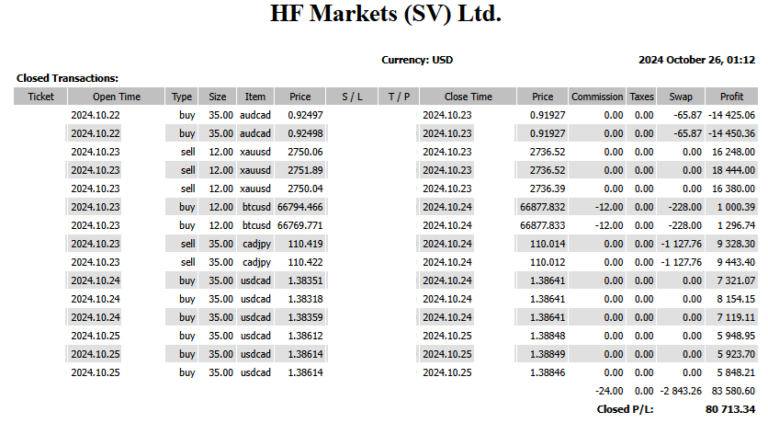The start of the week sees a prevailing yen strength in the market. Currently, both the USD/JPY and cross-yen pairs have paused their declines, but there is no apparent upward momentum.
In the speech by Federal Reserve Chairman Powell last week, he maintained a generally hawkish stance, cautioning against the previous calls for rate cuts, indicating an outlook for interest rate stability, and even suggesting the possibility of additional rate hikes depending on inflation. However, the market reacted sensitively to his statement that “interest rates are deeply in restrictive territory,” leading to a strengthening of the dollar selling trend. The market is still pricing in the possibility of rate cuts starting in March next year. U.S. monetary officials have entered the blackout period this week, and Chairman Powell’s statement from last week remains the current decisive factor.
In the market, there is also a trend to incorporate the start of rate cuts by the ECB in the second quarter of next year. This makes the yen more attractive relative to other currencies. For the Bank of Japan’s Governor Kuroda, next year’s spring wage negotiations are crucial. If wage increases become significant, the possibility of lifting the negative interest rate policy will increase. The USD/JPY pair is thus under pressure from both dollar weakness and euro weakness, making yen strength more likely.
The USD/JPY pair currently has a mid-point support level at 142.48, which is the half of the range between this year’s January low of 127.23 and November high of 151.91. Additionally, the recent range in the 146 yen range is close to the 23.6% retracement level at 146.09. Both of these levels are likely to be closely watched as we approach the end of the year.
Scheduled economic indicators to be released in the international market include Germany’s trade balance (October), Turkey’s consumer price index (November), Switzerland’s consumer price index (November), U.S. manufacturing new orders (October), and U.S. durable goods orders (final value) (October), among others.
The USD selling bias continues.


